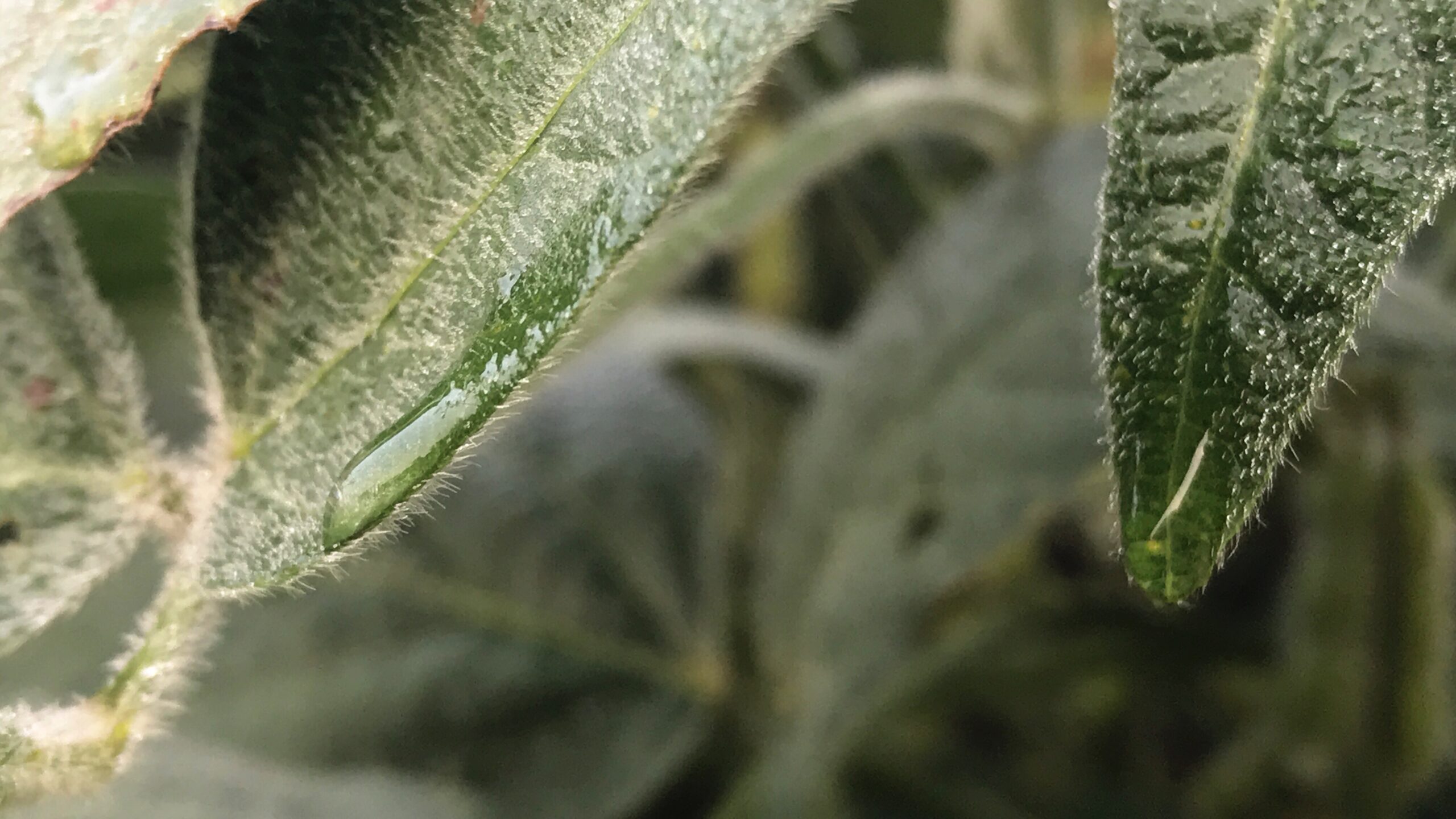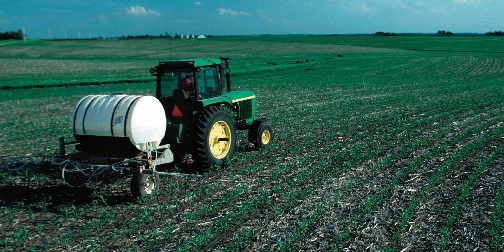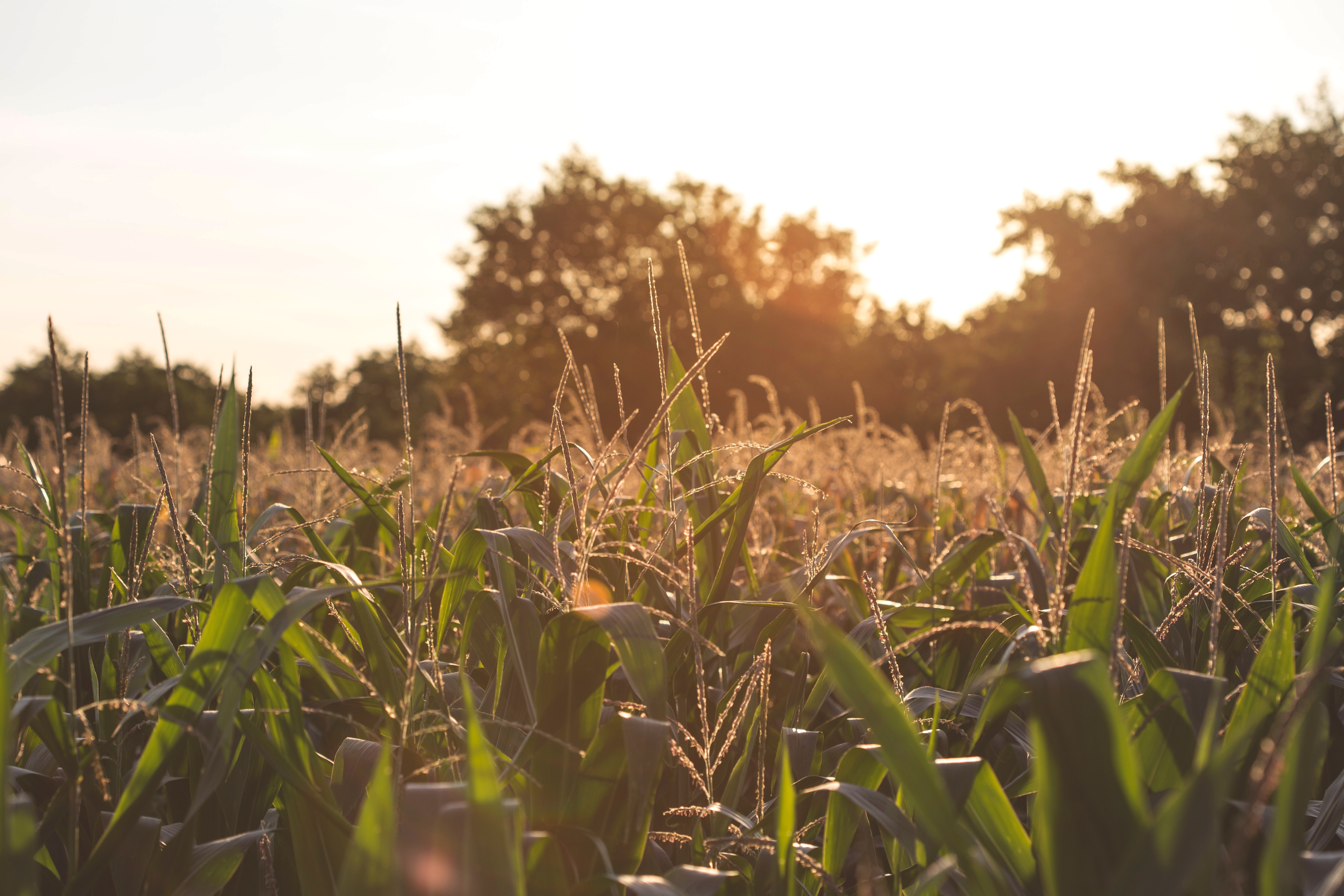Natural disasters like weather, wildlife, or plant disease can cause loss to your crops and may be catastrophic for you and your family. With the right planning and guidance, you can eliminate the hardships that a natural disaster may cause to your farming operation.
CALL US 888-481-1342




